Tech analysis: What would the perfect 2016 F1 car look like?
Matt Somerfield takes an irreverent look at some of the more interesting design solutions on offer during the first half of this Formula 1 season, in order to put together the fantasy SGP-002 racer.

Photo by: Matthew Somerfield
As you'd expect, the 2016 grid is made up of an eclectic mix of design philosophies, which means that what seems like a fantastic design solution on one machine may not be transferable to another.
That's not to say the teams don't at least investigate other teams' designs, with similar solutions often cropping up on another car several races down the schedule, but in most cases it isn't a simple copy-and-paste endeavour.
Front wing
You may have noticed that the SGP-002 features an asymmetric front wing and that's because I'm torn as to the front wing I'd use. On one side we have Mercedes' W07 front wing and on the other we have McLaren's offering.
Mercedes' introduction of the tunnel style outer section of the flaps, used to change the shape of the airflow around the front tyre, has since led others to adopt the methodology. Where they stand apart though is the use of serrated 'teeth' on the rear trailing edge of the penultimate flap, which energises the upper flap, something they introduced in 2015.
This year they've added strakes to the front face of the upper flap to perform a similar objective, balancing aero during the transitional phases of cornering and braking.
Red Bull are the only other team to have trialed a serrated flap, way back in China, placing serrations on the second and third flap down. They concluded that whilst it has merits it doesn't fit with their current philosophy, causing instability downstream but may continue to assess it in the future.
McLaren's issues over the last couple of seasons have been exacerbated by Honda's re-entry into the sport and being significantly adrift in the power stakes. However, that's not to say that the chassis hasn't had its weaknesses too, even if the team have fervently denied it.
Peter Prodromou's arrival from Red Bull has been heralded by McLaren as a turning point for the team, who have openly admitted they'd lost their way in the preceding years. Having joined the team late in 2014 they almost immediately began running a front wing design that if put side-by-side with a Red Bull one it would have been difficult to tell the difference.
However, the front wing is but one small piece in the overall picture and as we've already discussed a copy and paste approach does not necessarily bring success.
Where the MP4-30 was compromised by previous thinking and philosophies the MP4-31 is much more refined all round and the design of its front wing and its Red Bull counterpart have started to diverge, with McLaren's influence spliced into its DNA.
As the season has progressed McLaren have started to make headway and I can't help but think that Peter's insistence of starting with the front wing early on to instill a new philosophy must have helped.
Nose pillars
McLaren have also applied this novel hole in their front wing support pillars (red arrow), which allows air to flow from the outside surface, inside. Clearly it it something that assists their specific needs but given they're the only ones using it I couldn't pass up the opportunity to have it.
Nose
Whilst last year's mash-up featured Force India's 'Cobra' nosecone, I find myself drawn to it again in 2016. It remains one of the most innovative ways of achieving a particular goal whilst staying within the regulations.
The intent of the design is to retain the kind of through flow that the finger shaped designs had in 2014, with what appear to be open channels allowing air to flow down under the surface of the nose and interacting with the 'neutral' mainplane section (below) in a certain way.
The panel fitted to the underside of the nose (red arrow, right inset) not only controls the direction of the airflow but also helps to maintain the legality of the nose.
Whilst the VJM09 features its own 'S' duct it is the designs employed by Toro Rosso and Mercedes that take things to another level, using the same interpretation of Force India's cobra channels to move the inlets further forward than the regulations intend.
Toro Rosso have four Naca style ducts, two either side of the nose to collate air that is ejected out of an aperture on top of the nose, stabilising flow that may otherwise detach from the surface.
Turning Vanes
The W07 is by the far the most complex challenger on the grid so it should come as no surprise that I'm once again turning to the Mercedes for inspiration.
Having started testing with some less complex turning vanes, they quickly added serrations to the footplates in an effort to change the shape of the vortex being generated.
In Barcelona, these slots were extruded up the vertical elements too, but the first lap crash between the Mercedes pair hid the potential of this change, along with the raft of other changes that were made at that race.
In Canada the team surprised once more installing a new pair of turning vanes (above) which are similarly shaped to their predecessors but have a completely revised footplate (the lower horizontal section), with slots that run longitudinally rather than across the span of the footplate.
This changes the shape of the airflow being generated by the devices, in order to manipulate the shape and position of the Y250 vortex shed by the front wing ahead.
Chassis Winglets
In 2014, Mercedes started a trend that has been studied by others and modified to suit their own purposes. The 'Bat-Wing' named because of its similarity to the animal is used to reinforce the aerodynamic structures being generated around it, such as from the turning vanes and influence how these structures move downward toward the sidepods undercut.
Whilst I laud Mercedes' original interpretation, which was subsequently copied by Ferrari, it is other more recent designs in a similar area that have begun to catch the eye. Ferrari introduced these chassis winglets at the British GP, which are placed slightly further back down the chassis but look to achieve a similar goal.
Meanwhile, McLaren have taken stock of a design used by Red Bull since the start of the season, whereby a winglet is mounted astride the splitter to reshape airflow. McLaren introduced this just before the summer break at the German GP.
Bargeboards and airflow conditioners
Back to Mercedes to draw inspiration, with their treatment of the area around the sidepods by far the most complex on the grid. Teams have toyed with placing slots in the bargeboards for a number of years, allowing air to pass between the surfaces and alleviate pressure, improving efficiency.
Mercedes have took this to another level though using completely separate surfaces which combine to make up the geometric shape we'd associate with a bargeboard.
The real star of the bargeboard arrangement though is the use of the 'fingers' that these vertical surfaces are mounted on. These 'fingers' extend out from the floors edge and help to clean up any destructive airflow that might otherwise compromise the performance of the floor and diffuser.
Framing the leading edge of the sidepod is another design that is different to the rest of the field, with the arched airflow conditioner no longer connected to the floors axehead.
A heavily sculpted vertical fin extrudes up out of the floor instead, whilst the airflow conditioner now terminates just above it. Both work in tandem to control how air is moved around the sidepods corner toward the rear of the car.
Cockpit protection
Some might be surprised to see a Manor Racing part in the mash-up but if the truth be known there are some very nice touches on the MRT05. In this case it's their interpretation of the cockpit protection that deserves our attention, as they've very cleverly applied a fin at its trailing edge.
The FIA made changes the cockpit protection for 2016, increasing it by 20mm whilst increasing the load test too.
Manor clearly realised that the structure need not extend the full length at the same thickness, which has allowed them to place the fin toward the rear of their structure, improving how air moves in the region, given it's a point at which several surfaces come together.
Engine cover and sidepod bodywork
Whilst not new, as Red Bull have been doing it for a number of years (The RB10 from 2014 pictured) the use of a single piece sidepod and engine cover is something that I admire on the Red Bull challenger.
Ordinarily the engine cover and sidepod bodywork are made of numerous panels making for a composite design that will be heavier than the Red Bull design and take significantly more time to install.
From an aerodynamic perspective the loss of shut lines won't necessarily have an enormous impact but in a sport where small margins are the difference between winning and losing, every little helps.
Airbox winglet
Another idea reincarnated, having been used in Formula 1's past, is the use of a winglet on top of the airbox to disrupt the airflow before it reaches the rear wing. Both Ferrari and Williams use the winglet, having utilised them last couple of years too.
Floor
It's difficult to pick just one solution amongst a sea of similar but altogether different options here, all of which are trying to tackle the issue of 'tyre squirt. This is caused by the deformation of the tyre under load and pushes airflow laterally into the diffusers path.
This has ramifications to the performance and consistency of the diffuser and so teams are all placing a number of slots and strakes on the floor ahead of the rear tyre to try and limit its effect.
Exhaust and rear wing support pylon
A trend was started by Toro Rosso in 2015, whereby the rear wing centre mounting pylon intersects with the exhaust. It has since been copied by Ferrari, Sauber, McLaren and Manor as they not only look to improve the rear wings stability, save weight and change the shape of the exhaust plume.
Rear Wing (mainplane and top flap)
Mercedes are the king of the serrated surface and having tested a serrated trip strip on the mainplane late on in 2015 the team arrived with a proper version for 2016. The serrations improve the performance of both the mainplane and top flap, as they create small excitations in the airflow.
Not content with their ordinary design, they've also revised the 'Spoon' style rear wing that they used at Spa and Monza in 2015, making use of a rectification in the regulations.
This has allowed them to make full use of the 200mm central span, rather than the 150mm that was permitted last season, changing the geometry of the flaps and further improving the L/D ratio.
Rear wing endplates
The release of a James Key car is always one to keep an eye out for, as the technical director seems to be able to get the best out of the engineers under his watch. With a smaller budget they seem to be able to create designs that bridge the gap to some of the larger teams. The first thing that struck everyone about the STR11 was the use of displaced louvres at the leading edge of the endplate.
The louvres, be it this type from Toro Rosso or the ones usually used by the rest of the field are used to change the shape of the vortex created as the pressure gradients meet at the juncture in the upper corner of the flap and endplate.
The resultant pressure collision, if left unattended, can have a debilitating effect on performance as drag is increased significantly and so all the teams invest a significant time creating methods to lessen the impact. You'll note that depending on the race a team will use a different number and/or orientation of these louvres, along with a different shape to the cutout behind the flaps to control how the vortex forms, based on the height and geometry of the flaps being used.
Having looked at the solution and studied it's merits in CFD and the wind tunnel two more teams have since assimilated the solution - Mercedes and perhaps more surprisingly Sauber.
The other design that caught everyone's attention was McLaren's rear wing endplates, as they tried something a little 'out there' in Austria.
The team didn't race the solution as it didn't provide the stability and uplift in performance that CFD and the wind tunnel had promised but nonetheless it makes the cut on my car for their attempt at trying something different.
Diffuser
The rear end of the SF16-H is extremely complex. Is that a good thing? Who knows, it may actually go against them due to how sensitive it must make the car but it is incredible to look at and so I've chosen it for the SGP-002.
Recently they've upped the complexity stakes even more, adding another forward reaching fin above the diffusers footplate, as the team attempt to improve the diffusers performance.
Conclusion
The eagle-eyed amongst you will note that there is no room on the SGP-002 for Haas, Renault and Sauber, which is because they're predominantly beige cars, with little that makes them stand out from the crowd.
You could argue that the Haas VF16 is a very solid design and has taken some of the nice touches used by others over the last few seasons, such as a blown axle and conjoined lower front wishbone and incorporated them into their design.
But, the car doesn't blow me away, perhaps we'll see more flair when they design more of their car for 2017 with Ferrari having a significant hand in this one. Renault and Sauber are both teams that have struggled over the previous few seasons and have lacked the budget to innovate at the level of some of their rivals.
However, an injection of cash into both teams recently should change things for the future and perhaps even get them a place on the SGP-003.
With new regulations changing the shape of the challengers we'll see in 2017 I suspect we've seen much of what the teams have in their locker for this year. For those that haven't witnessed what the future holds, take a look at Giorgio Piola's fantastic animation below for some visual clues.
Be part of Motorsport community
Join the conversationShare Or Save This Story
Subscribe and access Motorsport.com with your ad-blocker.
From Formula 1 to MotoGP we report straight from the paddock because we love our sport, just like you. In order to keep delivering our expert journalism, our website uses advertising. Still, we want to give you the opportunity to enjoy an ad-free and tracker-free website and to continue using your adblocker.



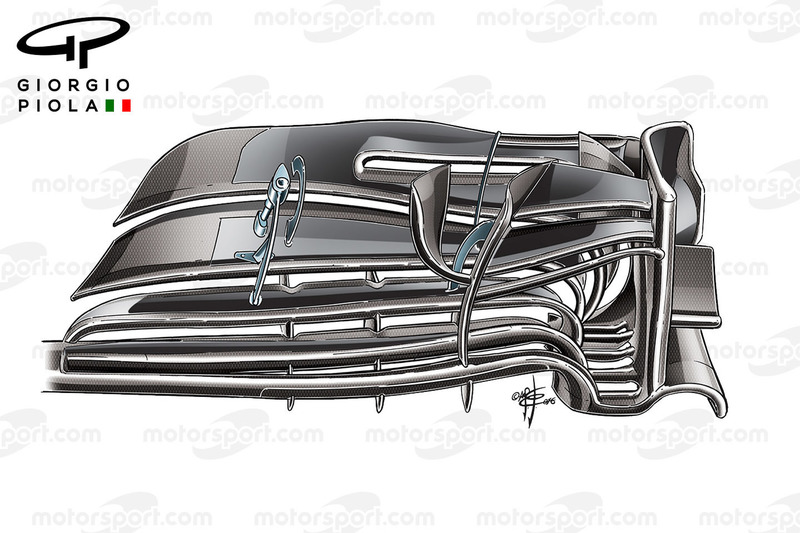



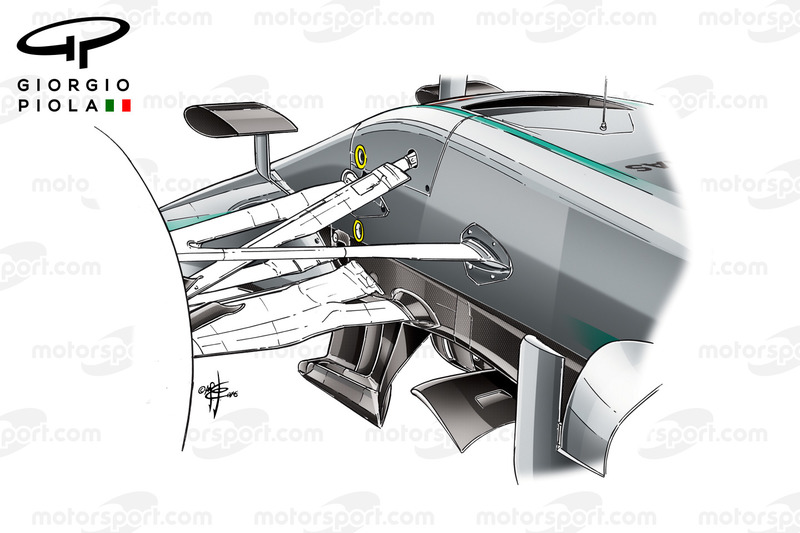

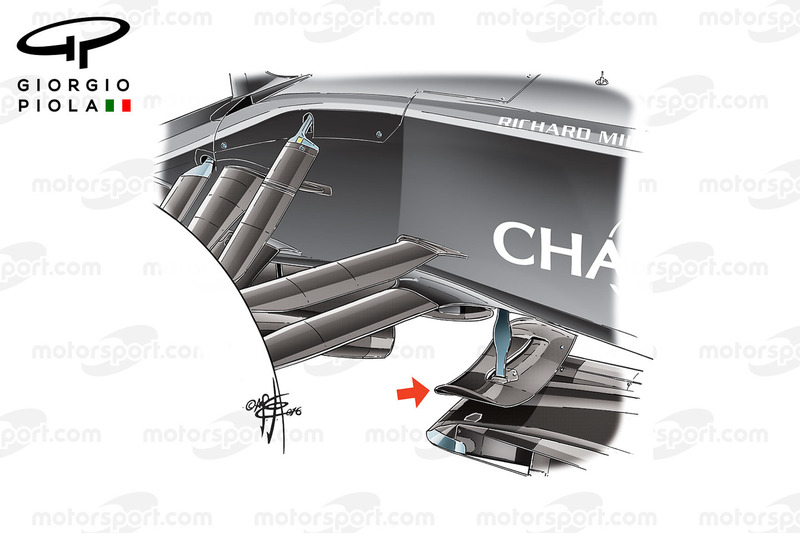
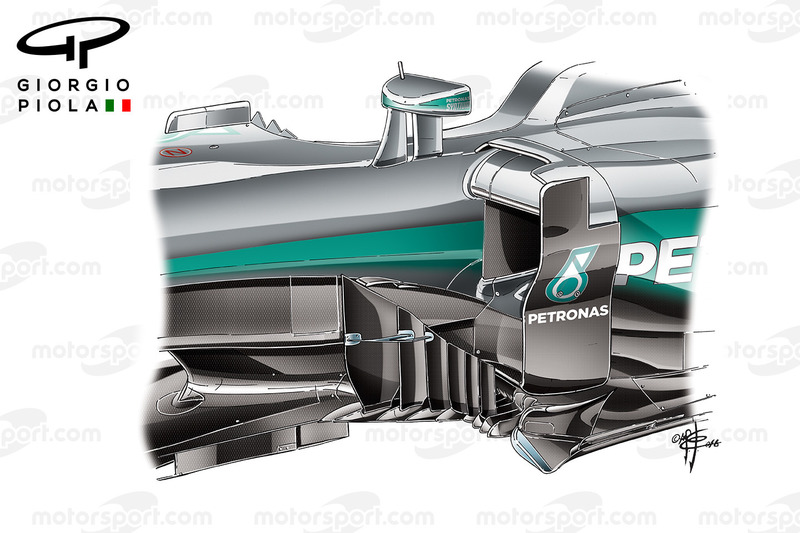










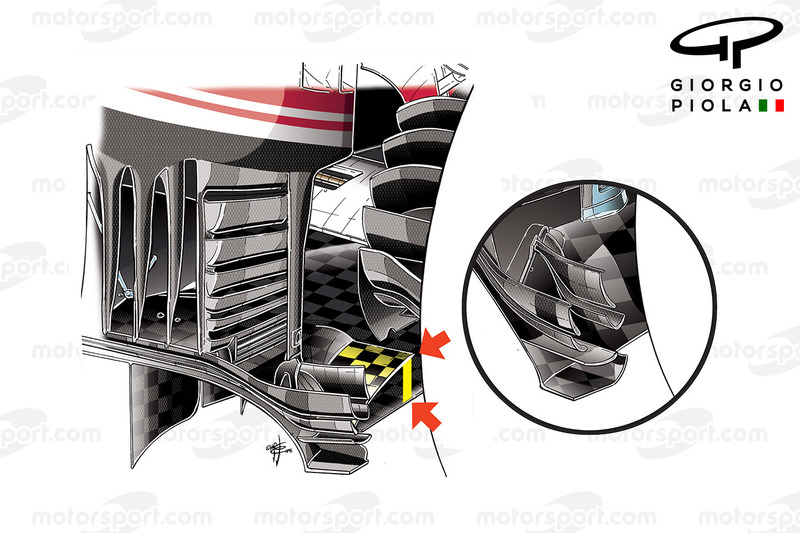


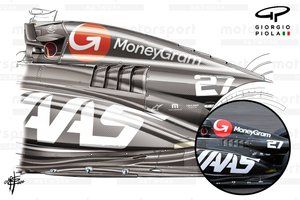












Top Comments